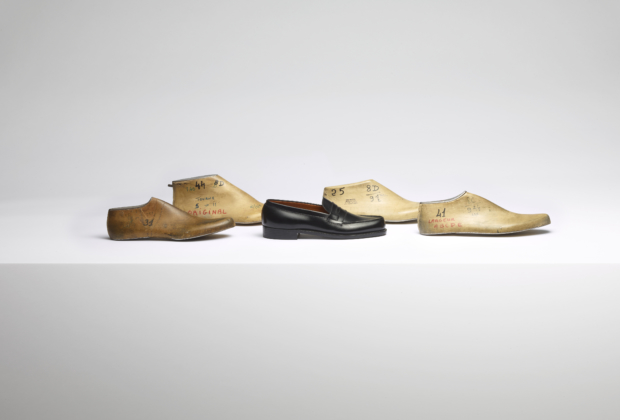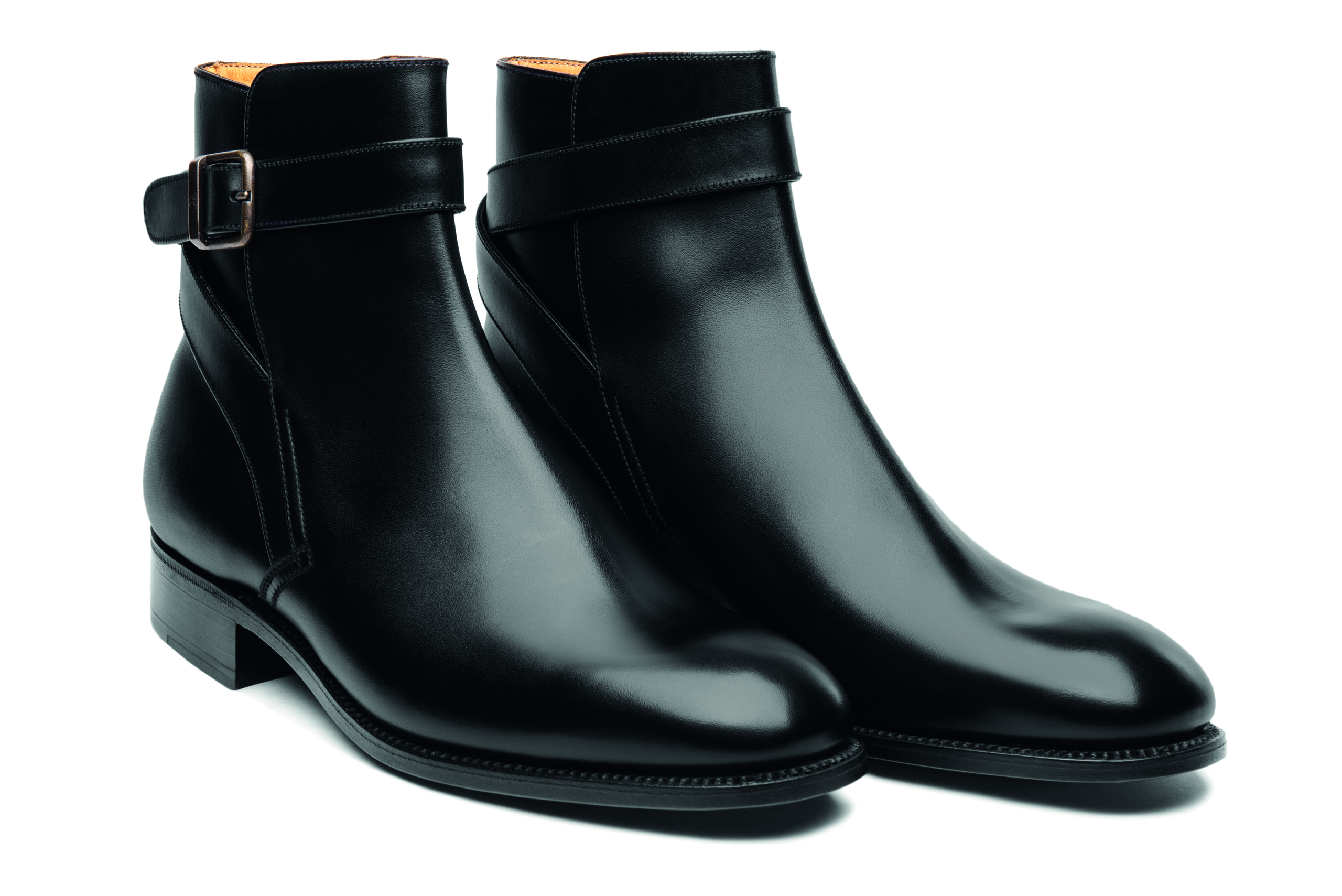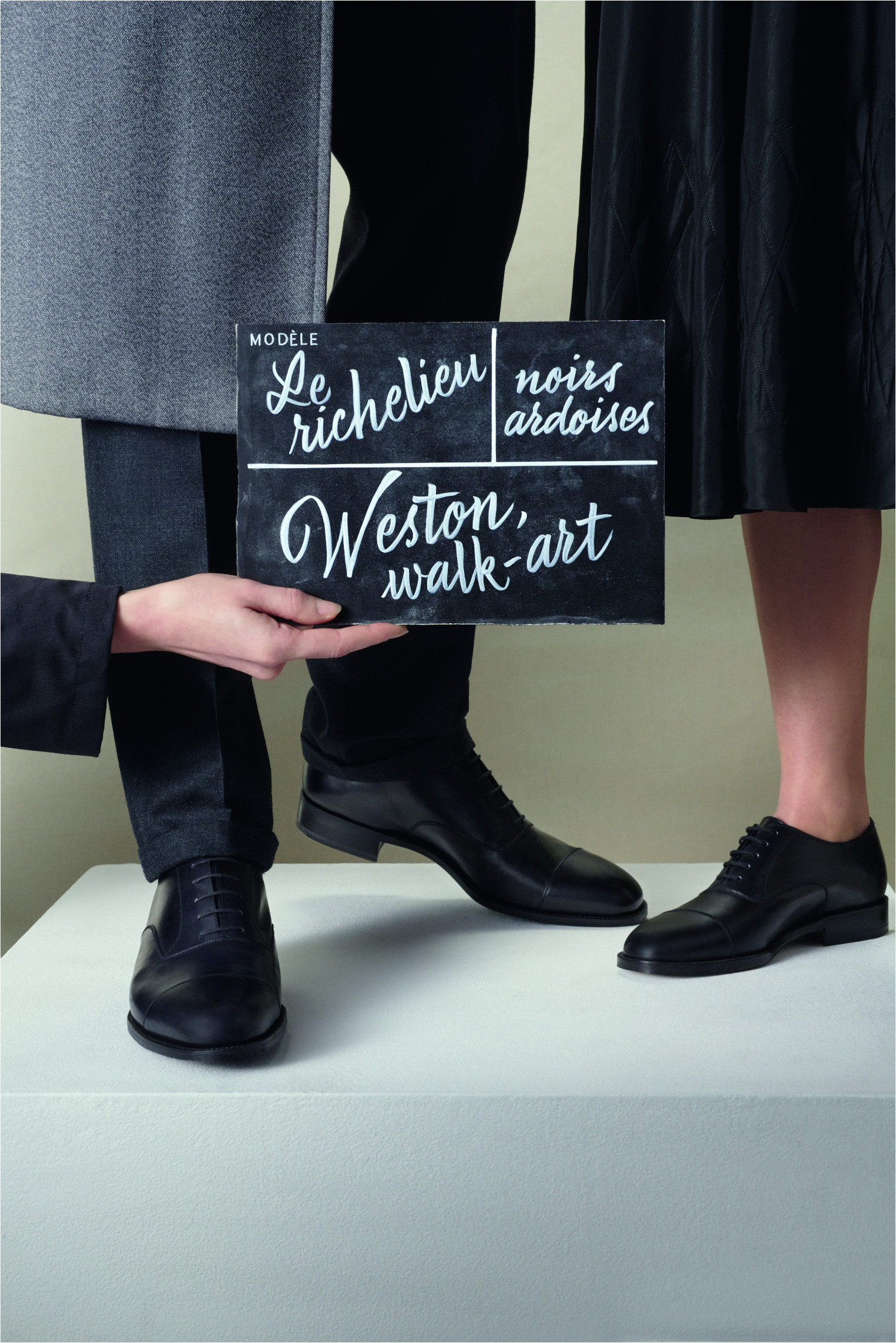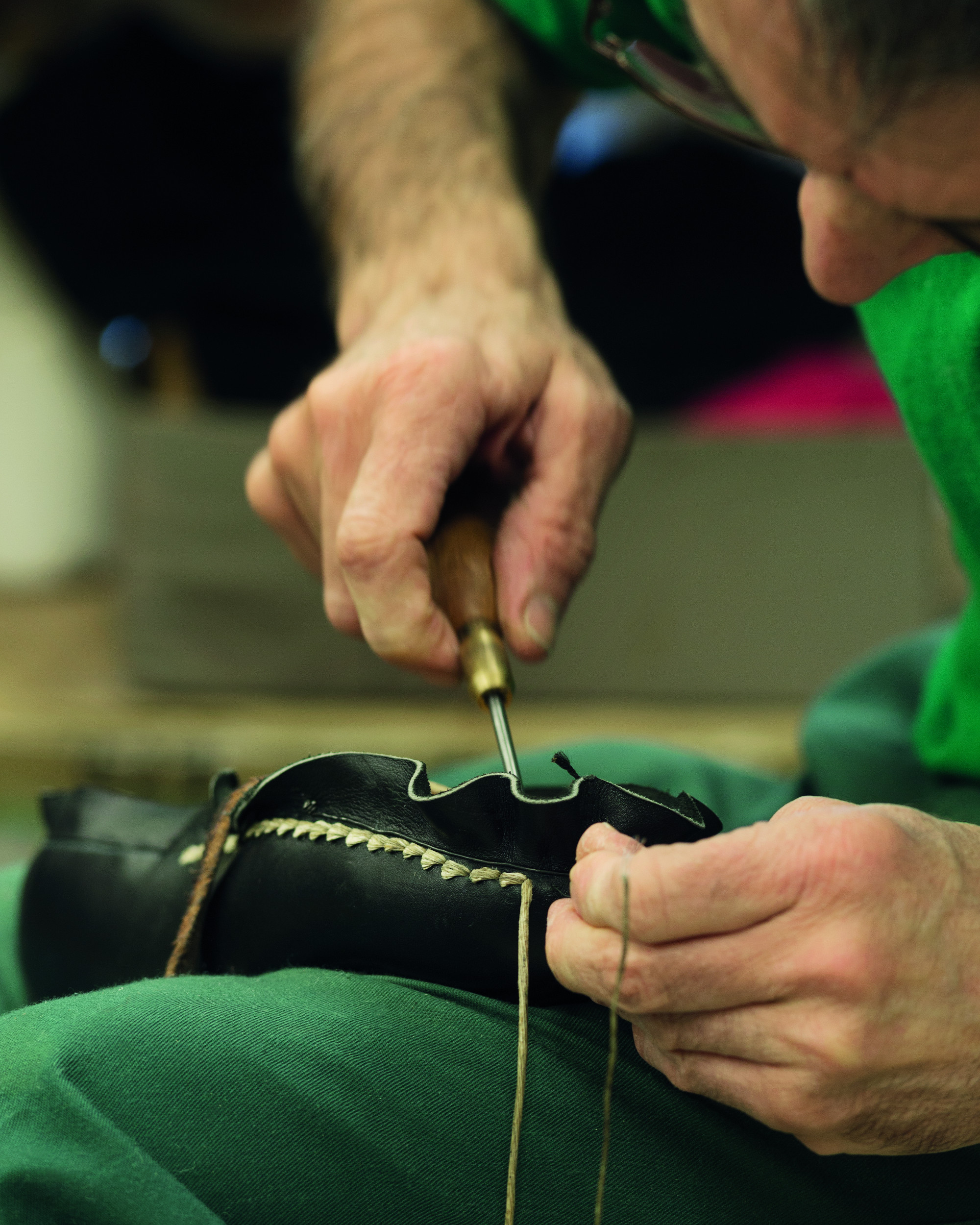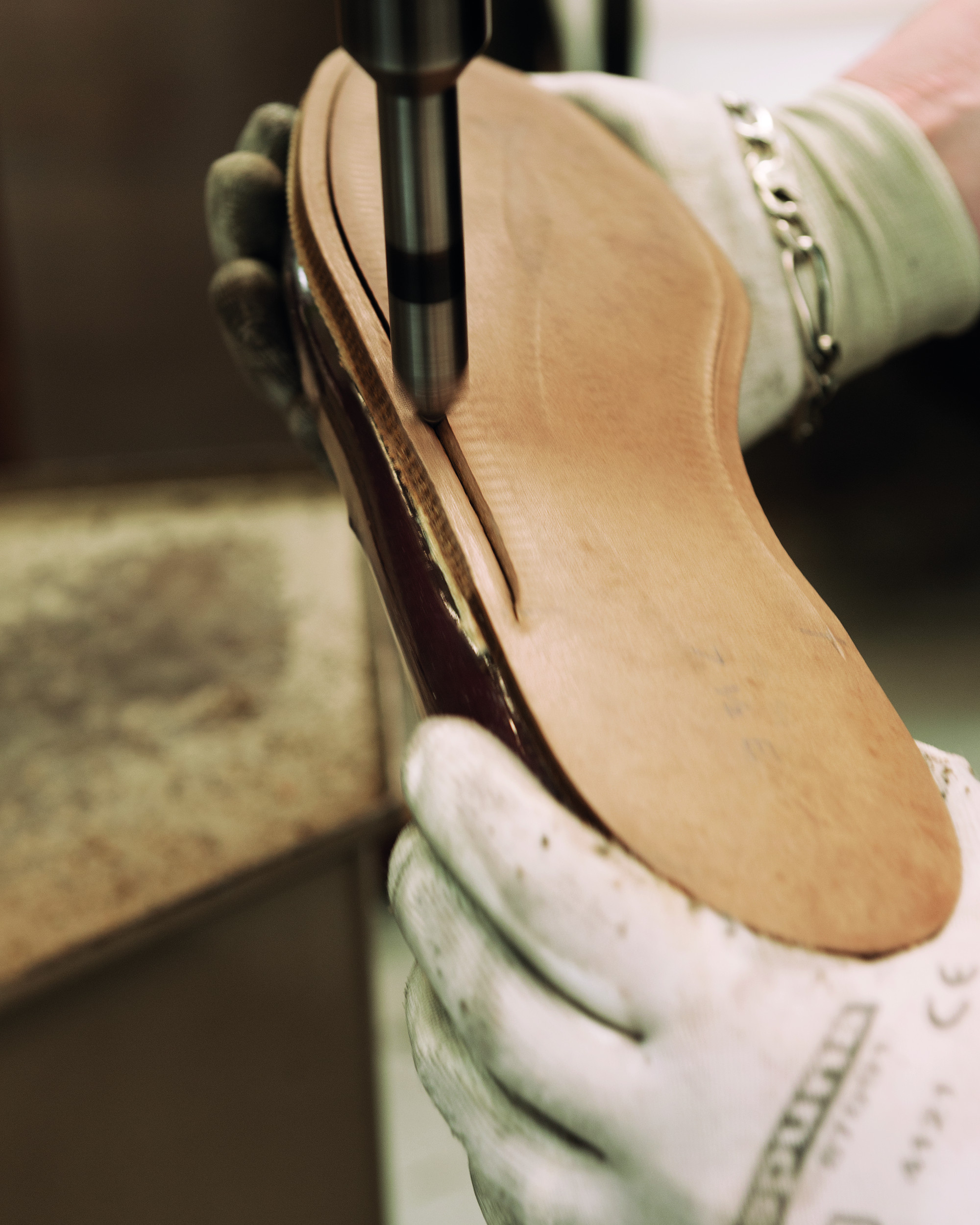For nearly 130 years, the city of Limoges in France has been home to talented artisanal bootmaker J.M. Weston. Let us visit the luxury brand’s unique workshop and ancestral tannery. Here, time is very much of the essence.
#StayHome with SoBarnes
‘Weston Vintage’, a new trend in French Luxury
MARCHING FORTH WITH SAVOIR-FAIRE
Bastin & Fils tannery, located in Saint-Léonard-de-Noblat near Limoges, has been owned by J.M. Weston since 1981. The institution is brimming with historical authenticity, nested in the luscious local valleys where cows and sheep roam. We travel back in time to discover one of the main strengths of a Weston shoe: its cow leather sole, crafted using an ancestral method. It takes an entire year to turn the company’s Austrian and German-sourced leather into an exceptional sole. One of the many crucial and impressive stages in the process is soaking: animal hides are placed in basins full of vegetable tannins, before being left in outdoor pits and covered with oak bark. At Bastin tannery, patience is key: in addition to using 100% plantbased tannins, the company’s extra slow tanning process ensures uncompromising quality. “Each phase takes time, there’s no way around it,” explains Jean-Claude, who has worked on site for the last forty years. “Other than a few handling-related updates, the process remains unchanged.”
PAMPERED CREATIONS
The Weston workshop occupies a single story in Limoges, with 170 artisans working away with utmost precision and efficiency: “Each pair of shoes is handled 180 times in the process,” explains Félix, the head of repair services. The journey starts in the “safe”, as foreman Michel likes to call it: a fantastic stockpile of calfskin, used for the shoe’s quarters, lives alongside a superb collection of reptile skins. The hides are cut by hand or machine according to the brand’s signature “quasi-bespoke” standards: 5 to 7 different widths are produced for each shoe size. Weston works with a professional shoe last maker who produces wooden lasts for each model, thus ensuring total comfort as well as aesthetic perfection. In the first workshop, an artisan uses the wooden last to mould a single strip of leather into shape. The brand’s emblematic Cambre boots provide a fine example of Weston’s know-how: “We are the only artisanal bootmakers in the world to use this seamless boot technique. Moulding the leather on a wooden last also helps avoid creases caused by walking… That’s how you know they’re real Westons,” explains Félix. Another crucial step takes place in the second workshop: in order to assemble the quarters and the sole on the frame of the shoe, the leather is stretched out by a manoperated machine. Each shoe then enters a fascinating production line that includes triple stitching, the addition of a wooden shank, a cork filling, pearl-style stitching, milling and sanding-down the soles. For a refined finishing touch, the soles are marked with the brand’s iconic “W”. Before they are popped into their box, a crew of true shoe beauticians make sure that each pair shines just right. One step closer to becoming a lucky person’s timeless footwear.
Voir cette page en Français

